The Story of Electrical Switch and Socket Rating Standards
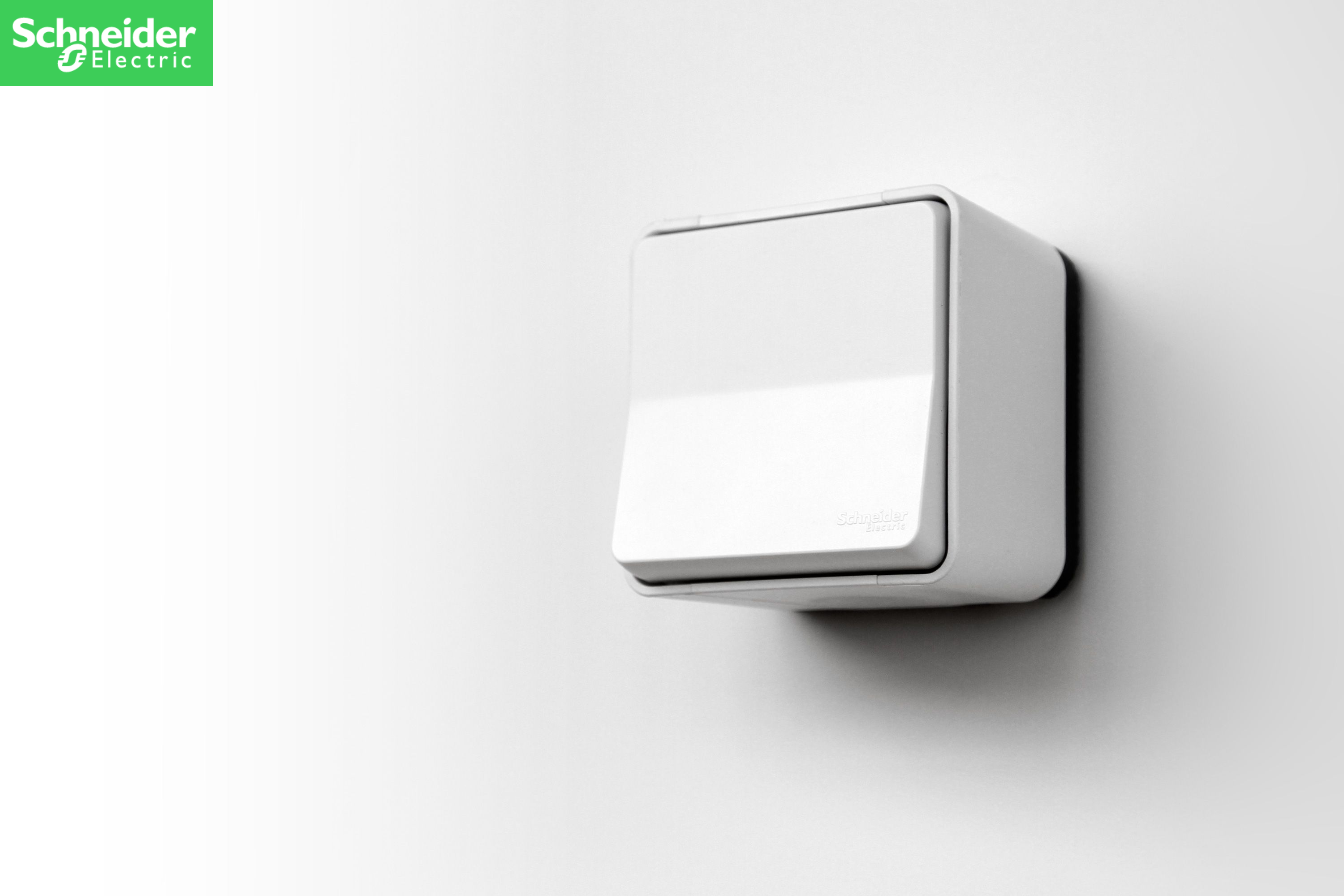
Have you noticed the uniformity of electrical power ratings across countries and continents despite so many other differences? Well, if you have and are curious to know more, we have some answers for you today. In this post, we discuss how electrical power ratings for switches and sockets got standardized over time. So, let’s begin.
A Legacy of the British Empire
Like so many other things we use today, the electrical standards are a legacy of the British Empire. In early days, electricity was used primarily for lighting through 2A or 5A circuits. These setups made use of two-pin plugs. The earth pin (the third pin in a three-pin plug) was introduced in 1934 via a new regulation (BS 546). Subsequently, new ampere sizes appeared rated 2A, 5A, 15A and 30A. The latter two sizes were for running heavy electrical appliances which had started appearing for mainstream use by then.
Also Read: Things to Consider When Buying Home Electricals
Changes after World War II
It was not just the borders in Europe, Asia and Africa that shifted after the Great War. Electrical standards also witnessed a revamp as all sockets were standardized on 13A. At that time, it was the nearest to a 3-kilowatt supply on 240 volts. But the previous sockets did not disappear entirely and are found in use to this day. These older sockets are often used for theatre and mood lighting.
Switches & Sockets in the 21st Century
Today, electrical circuits for home and office are standardized between 5A and 15A, and so are the sockets, because the spectrum covers loads defined for this category. At 240V, the 5A switches and sockets run appliances rated for up to 1kW, i.e., almost all lighting and home appliances. The 15A switches and sockets are used for running heavy-duty appliances like air conditioners, geysers and such that require load up to 3kW. Due to the size and spread of the British Empire, these changes in the electrical systems were inherited by most Commonwealth countries, including us here in India. So, that’s how electrical standards became uniform in almost half of the world and then adopted universally.
Not Everyone Uses these Standards
While in most parts of the world, including Asia, Africa, Australia, Europe, and many South American nations, the electrical supply is within 6% of 230V standard, there are some exceptions. In the United States, they use a supply voltage of 120V +/- 6%. Similarly, countries under the US influence, like Japan, Taiwan, Saudi Arabia, and those in North America, Central America and parts of Northern South America use a voltage between 100V to 127V.
How to Find the Proper Ampere and Voltage Rating of the Switch and Socket
To find the proper ampere and voltage rating of a switch and socket, it is important to consider the electrical load that will be connected to the device. The electrical load refers to the amount of power that will be consumed by the device when it is in operation.
The ampere rating of the switch and socket should be equal to or greater than the maximum current that the electrical load will draw. This ensures that the switch and socket can handle the electrical load without overheating or failing.
The voltage rating of the switch and socket should be equal to or greater than the voltage of the electrical supply that will be connected to the device. Using a switch and socket with a lower voltage rating than the electrical supply can result in electrical arcing, which can cause damage to the device and create a safety hazard.
It is important to consult the specifications of the electrical load and the electrical supply to determine the appropriate ampere and voltage ratings for the switch and socket. If in doubt, it is recommended to consult with a qualified electrician or engineer to ensure proper selection and installation of the switch and socket.
Current Rating of a Switch in Amperes
The current rating of a switch refers to the maximum amount of electrical current that the switch can handle without overheating or failing. This rating is typically expressed in amperes (A).
When selecting a switch, it is important to choose a switch with a current rating that is equal to or greater than the maximum current that will be flowing through the switch. If the current exceeds the rating of the switch, it can cause the switch to overheat, which can lead to failure or even a safety hazard.
The current rating of a switch can be found in the switch's specifications or datasheet. It is important to review these specifications carefully to ensure that the switch is appropriate for the intended application.
It is also important to consider the environment in which the switch will be used. If the switch will be used in a harsh environment, such as in an industrial setting or outdoors, it may be necessary to select a switch with a higher current rating to ensure reliability and safety.
When selecting a switch, it is important to choose a switch with a current rating that is appropriate for the electrical load and environment in which it will be used to ensure safe and reliable operation.
Also Read: ULTI Modular Switches by Schneider Electric
Voltage Rating of a Switch in Volts
The voltage rating of a switch refers to the maximum voltage that the switch can handle without arcing or breaking down. This rating is typically expressed in volts (V). When selecting a switch, it is important to choose a switch with a voltage rating that is equal to or greater than the voltage of the electrical supply that the switch will be connected to. If the voltage exceeds the rating of the switch, it can cause arcing or breakdown, which can lead to failure or even a safety hazard.
The voltage rating of a switch can be found in the switch's specifications or datasheet. It is important to review these specifications carefully to ensure that the switch is appropriate for the intended application.
It is also important to consider the environment in which the switch will be used. If the switch will be used in a harsh environment, such as in an industrial setting or outdoors, it may be necessary to select a switch with a higher voltage rating to ensure reliability and safety.
When selecting a switch, it is important to choose a switch with a voltage rating that is appropriate for the electrical supply and environment in which it will be used to ensure safe and reliable operation.
How Many Switches, Receptacles, and Socket-outlet Can be Installed on 15A & 20A Circuits?
The number of switches, receptacles, and socket outlets that can be installed on a 15A or 20A circuit depends on several factors, including the electrical load of the devices that will be connected and the electrical code regulations in the local jurisdiction.
In general, the National Electrical Code (NEC) provides guidelines for the maximum number of devices that can be installed on a circuit based on the circuit's ampere rating. According to the NEC, for a 15A circuit, a maximum of 8 receptacles can be installed, while for a 20A circuit, a maximum of 10 receptacles can be installed.
However, it is important to note that the actual number of devices that can be installed on a circuit may be lower depending on the electrical load of the devices. For example, if the devices connected to a circuit have a high electrical load, such as power tools or large appliances, the number of devices that can be installed may need to be reduced to avoid overloading the circuit.
It is recommended to consult with a qualified electrician to determine the appropriate number of switches, receptacles, and socket outlets that can be installed on a 15A or 20A circuit based on the specific electrical load and local regulations.
NEC and IEC Rules About Switch Rating
The National Electrical Code (NEC) and the International Electrotechnical Commission (IEC) provide rules and guidelines for switch rating to ensure the safe and reliable operation of electrical systems.
The NEC provides guidelines for switch rating based on the maximum voltage and current that the switch will handle. The NEC requires that switches be rated for the voltage and current of the electrical system in which they will be used. For example, a switch used in a 120V system must be rated for 120V, and a switch used in a 20A circuit must be rated for at least 20A.
The IEC provides similar rules for switch rating but also includes additional requirements for switches used in industrial and hazardous environments. The IEC requires that switches used in these environments be rated for specific environmental conditions, such as temperature, humidity, and chemical exposure.
Both the NEC and IEC also provide guidelines for testing and certification of switches to ensure that they meet safety and performance standards. Switches that are certified by recognized testing organizations, such as UL and CSA, are considered to be compliant with NEC and IEC standards.
Safety Precautions
Safety precautions are important when working with electrical switches to prevent electrical shock, fire, or other hazards. Some common safety precautions include:
- Turn off the power: Before working on electrical switches, turn off the power supply to the circuit at the breaker or fuse box to prevent electrical shock
- Use appropriate personal protective equipment: Wear appropriate personal protective equipment, such as safety glasses, gloves, and clothing, to protect against electrical shock or other hazards.
- Use the right tools: Use insulated tools specifically designed for electrical work to avoid contact with live electrical components.
- Inspect the switch: Inspect the switch and wiring for damage or wear before installation or use.
- Follow installation instructions: Follow the manufacturer's instructions and the National Electrical Code guidelines for proper installation and wiring of the switch.
- Do not overload the circuit: Do not connect too many devices to a circuit or exceed the circuit's amperage rating to prevent overloading and potential fire hazards.
- Keep switch boxes clean and free of debris: Ensure that switch boxes are clean and free of debris to avoid the risk of electrical arcing or short-circuiting.
- Test the switch: Test the switch for proper function after installation or repair.
By following these safety precautions, the risk of electrical shock, fire, or other hazards can be minimized when working with electrical switches. It is important to always prioritize safety when working with electricity.
Also Read: Types of Electrical Switches and Sockets
In Conclusion
In case specific to the UK and Australia, the nominal supply voltage is 230V +10%/−6% as most supplies there are still 240V. However, the 230V equipment standard has become so widespread today that it can be used in most parts of the world, only needing a separate adapter or charging connection plug. In the same vein, the switch and socket designs have also changed. Nowadays, you can buy modular switches and sockets with universal pin designs to accommodate equipment from anywhere in the world. Schneider Electric offers a wide range of these universal electrical sockets and switches online at shop.schneider-electric.co.in.

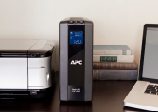
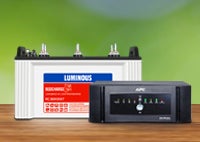

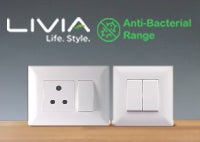



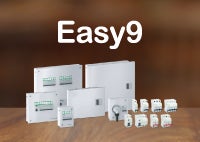
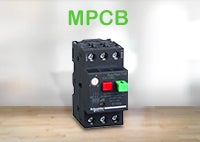
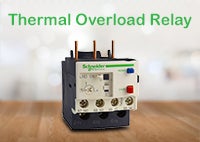
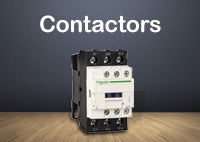
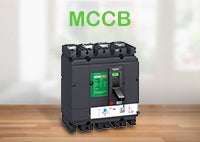
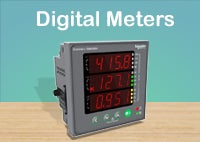
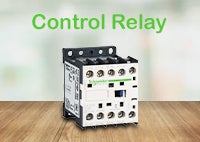
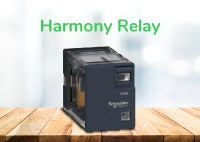




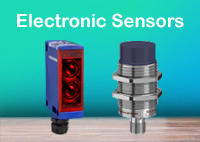

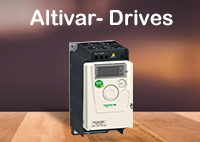

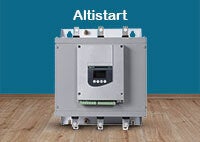


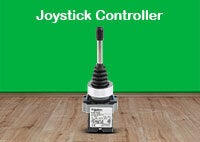
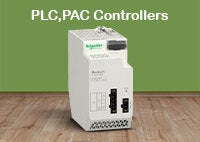
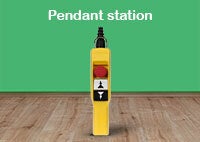




Comments